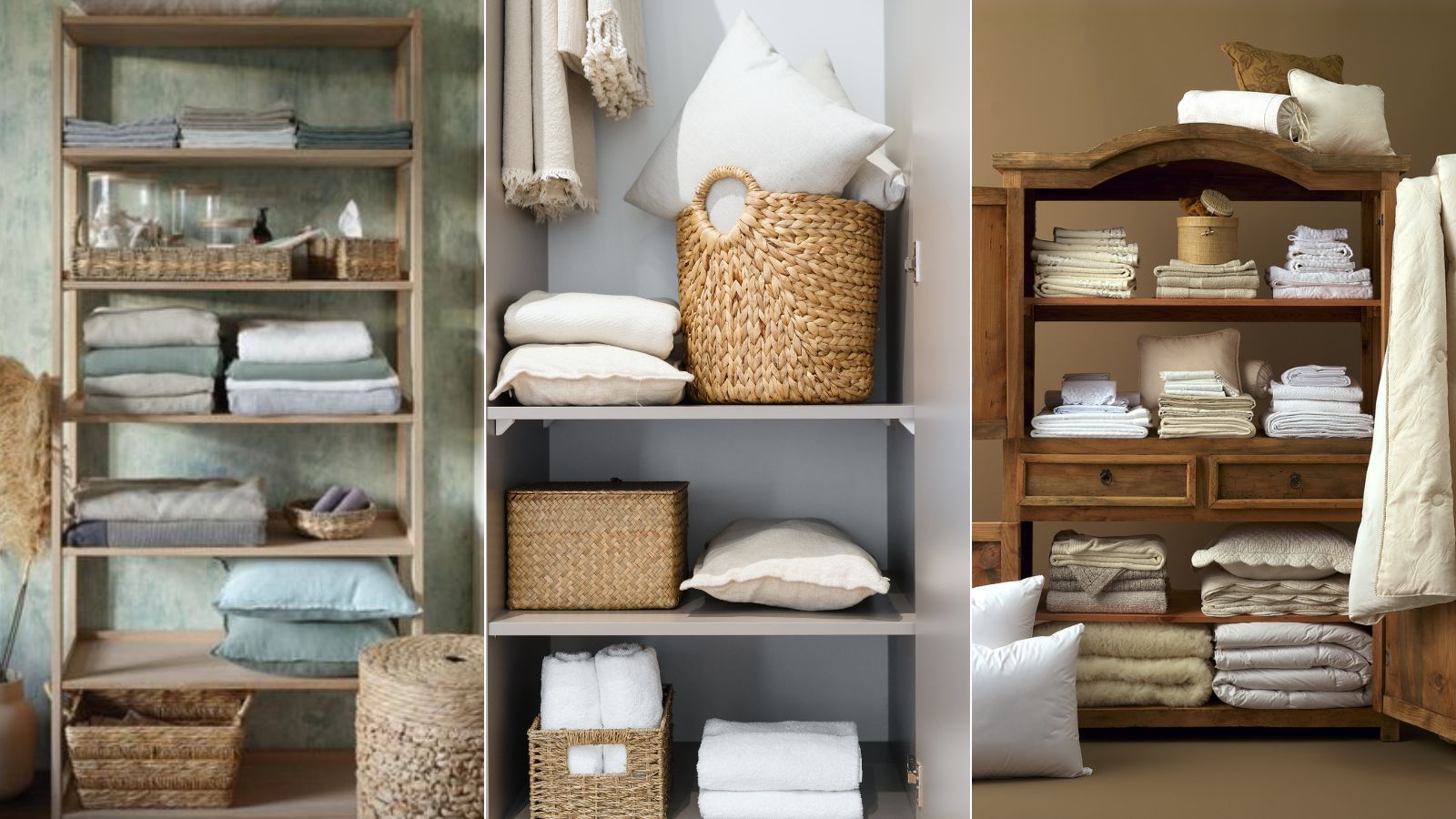
Towels are a household staple, but it can be a struggle to maintain the quality of our towels over time. They may lose their softness, fade in color, or even develop a musty smell. Replacing towels frequently can become an expensive and wasteful habit.
The good news is that with proper care, you can make your towels last longer and help retain their fluffiness, absorbency, and appearance. Understanding the factors that affect a towel’s lifespan, from how they’re washed to how they’re stored, is the first step toward prolonging their usability, our laundry experts reveal.
From choosing the right laundry practices to investing in high-quality fabrics, these laundry tips can save you money and reduce waste while ensuring that every towel in your home feels like new for as long as possible.
1. Wash correctly

According to professional cleaner and organizer Jill Koch of Jill Comes Clean, one of the most crucial factors in extending the life of your towels is how they’re washed. 'Towels should be washed in warm water, as it’s effective for removing dirt and bacteria without causing excessive wear on the fibers,' says Jill. 'Avoid using high heat, which can weaken the fabric over time.'
It’s also essential to use the right amount of detergent. Overloading the washer or using too much detergent are laundry mistakes that can lead to soap residue buildup, which stiffens the fibers and reduces absorbency. Opt for a gentle, mild detergent such as Tide Free & Gentle Liquid Laundry Detergent from Target and avoid fabric softeners, as they leave behind a coating that compromises the towel’s ability to absorb moisture.
For best results, separate your laundry and wash towels separately from clothing garments and bedding. This prevents them from snagging on zippers or buttons, which can lead to fraying. Additionally, consider adding a cup of white vinegar to the rinse cycle every few washes to remove detergent residue and maintain softness.
2. Dry towels the right way

How you dry your towels is just as important as how you wash them. Over-drying towels in the dryer can cause them to become rough and brittle. Instead, tumble dry on low heat or remove them while they’re slightly damp and let them air dry completely to make towels soft again. This prevents the fibers from becoming overly dried out and preserves their softness.
If air drying, make sure towels are hung in a well-ventilated area to prevent the growth of mildew or a musty odor. 'Shake them out before hanging to help fluff up the fibers and maintain their plushness,' continues Jill. 'Avoid drying towels on radiators or direct heat sources, as this can damage the fabric.'
Another tip is to use dryer balls from Amazon when machine drying towels. These help to aerate the fabric, reduce drying time, and keep towels soft and fluffy.
3. Invest in quality towels

Not all towels are made of the same materials, and starting with a high-quality product can significantly impact their longevity. 'Look for towels made from 100% cotton, particularly Egyptian or Turkish cotton, which are known for their durability and superior softness,' recommends Will Cotter, COO of FreshSpace Cleaning. 'Towels with a higher GSM (grams per square meter) are generally more durable and absorbent, making them a worthwhile investment.'
Pay attention to the weave as well. Towels with a denser, tighter weave are less likely to fray or develop holes over time. While the best towels may cost more upfront, their extended lifespan often makes them more cost-effective in the long run.
Before first use, wash new towels to remove any manufacturing residue and enhance their absorbency. Skipping this step can lead to reduced performance and faster wear.
4. Rotate your towels
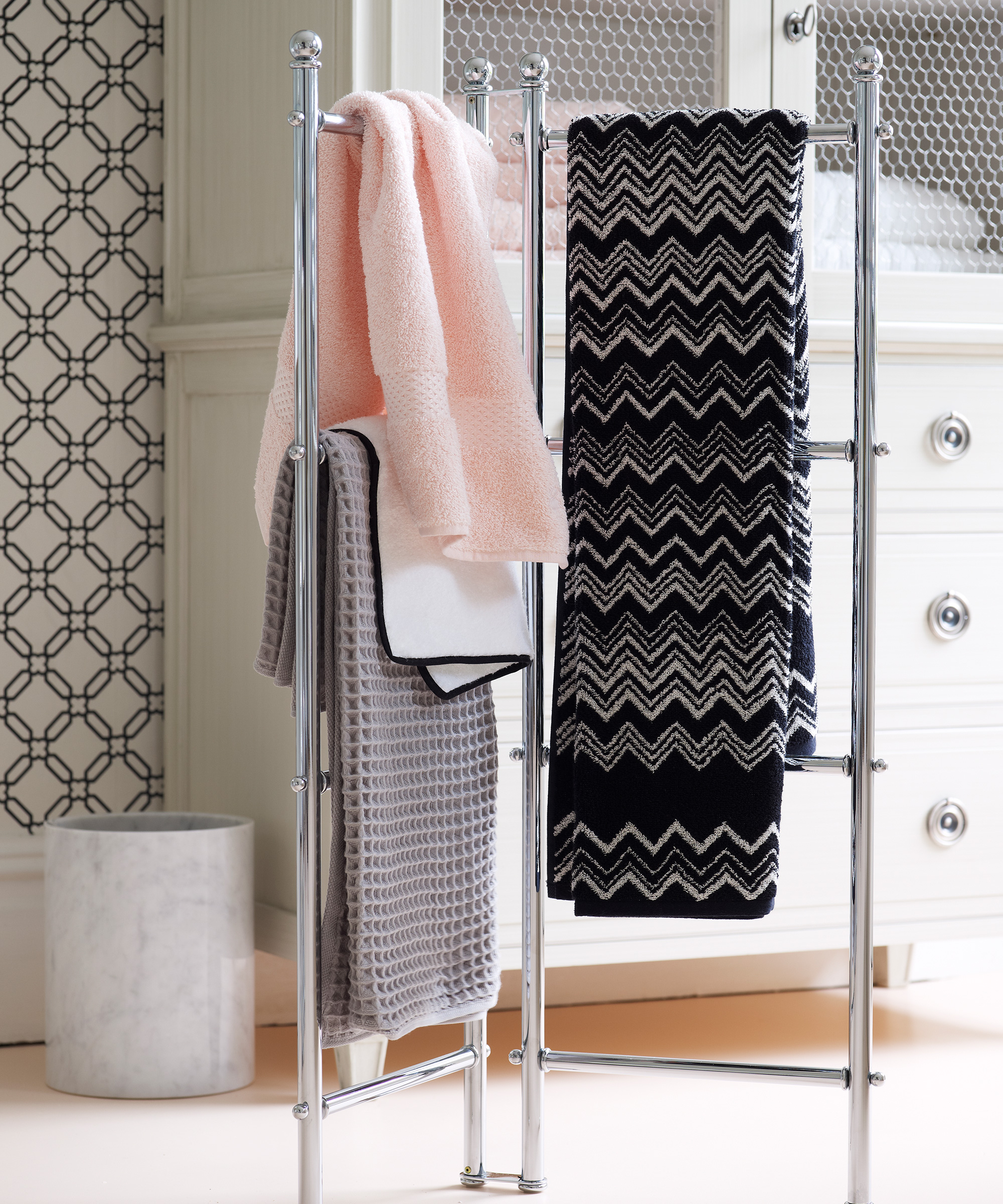
Using the same set of towels repeatedly without rotation accelerates wear and tear. To make your towels last longer, work out how many towels you need to have a sufficient number in your rotation. This ensures that no single towel is overused, giving each one adequate time to rest and recover between uses.
'Store your towels properly when they’re not in use,' continues Will. 'Fold them neatly and keep them in a cool, dry place to prevent humidity-related damage. Avoid overcrowding storage spaces, as this can crush the fibers and reduce their fluffiness.'
5. Treat stains and damage promptly

Stains and small damages can quickly escalate if not addressed promptly. If you notice a stain, treat it immediately by blotting, not rubbing, with a mixture of water and mild detergent. For tougher stains, cleaning with baking soda or an oxygen-based bleach from Walmart can work wonders without harming the fabric.
If a towel develops a snag or loose thread, trim it carefully with scissors rather than pulling it, which can cause further unraveling. Regularly inspect your towels for signs of wear and address minor issues before they worsen. Proper care and attention can significantly extend their lifespan.
Our in-depth guide on the golden rules for stain removal is packed with expert tips for all sorts of clothing, towel and bedding mishaps.
How to know it’s time to replace your towels
'Even with the best care, towels don’t last forever,' says Jill. 'Knowing when to replace them is key to maintaining a functional and hygienic collection.' Here are some of Jill’s signs that it might be time for new towels:
- Loss of absorbency: If your towels no longer soak up water effectively, it’s a sign that the fibers have broken down or are clogged with residue.
- Persistent odors: Musty or sour smelling towels that don’t disappear even after washing indicate that bacteria or mildew may have set in.
- Visible wear and tear: Fraying edges, holes, or thinning fabric compromise both the towel’s functionality and appearance.
- Fading or discoloration: While cosmetic, excessive fading can indicate that the towel’s fibers are deteriorating.
- Rough texture: If your towel feels scratchy or rough against the skin despite proper washing and detergent buildup removal, it’s likely past its prime.
What to shop
All prices correct at time of publication.
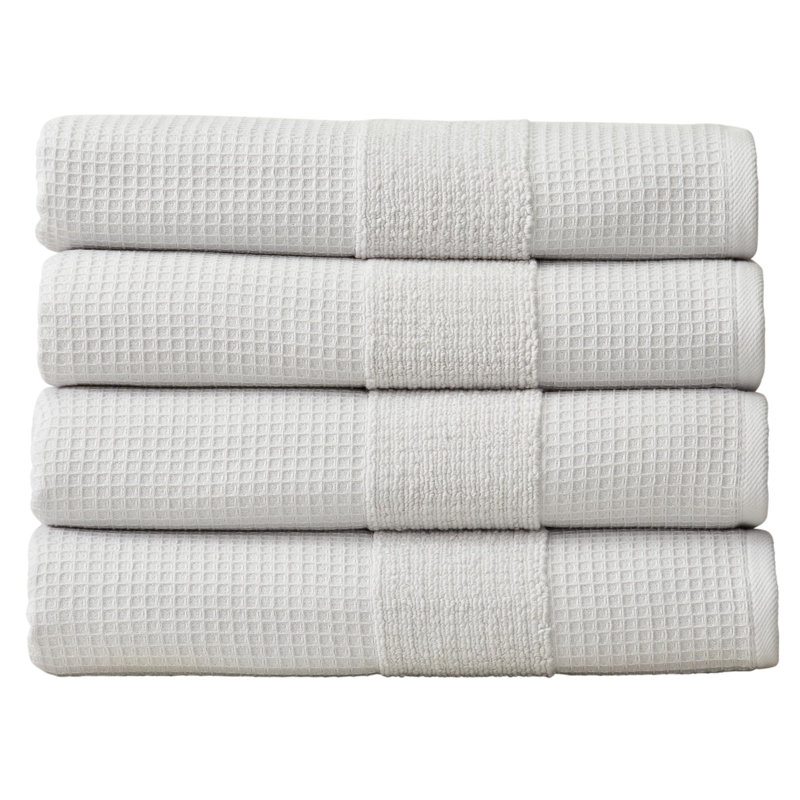
These towels combine a luxurious and soft touch, with excellent water absorption and durability. Styled in a classic solid color, this towel set is textured waffle weave, adding elegance and style to your bathroom decor.
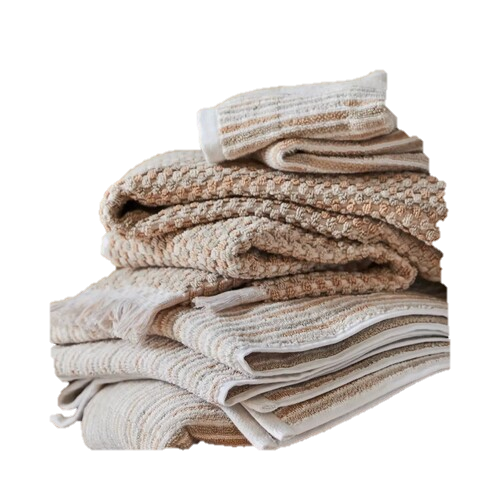
Rated 4.5 out of 5 stars, this set of towels by Anthropologie are made out of 100% cotton and have been tested for harmful substances and certified according to OEKO-TEX® standards.
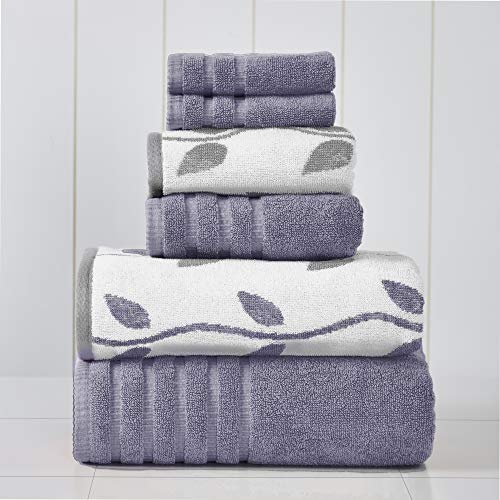
These 500-grams-per-square-meter weight towels are super-soft and made from combed cotton towels, providing a spa-like look and feel to any home. The set comes in six colorways and come with two bath towels, hand towels and washcloths.
Taking steps to preserve your towels not only ensures you enjoy their comfort and functionality for longer. By employing these tips, you’ll no longer feel the need to replace your towels frequently. Instead, you’ll enjoy the luxury of fresh, soft, and absorbent towels every day, knowing their lifespan is maximized the best it can.
If your current towel selection is truly done, our expert shoppers have revealed their rules for buying towels to avoid wasted money and buying mistakes.







